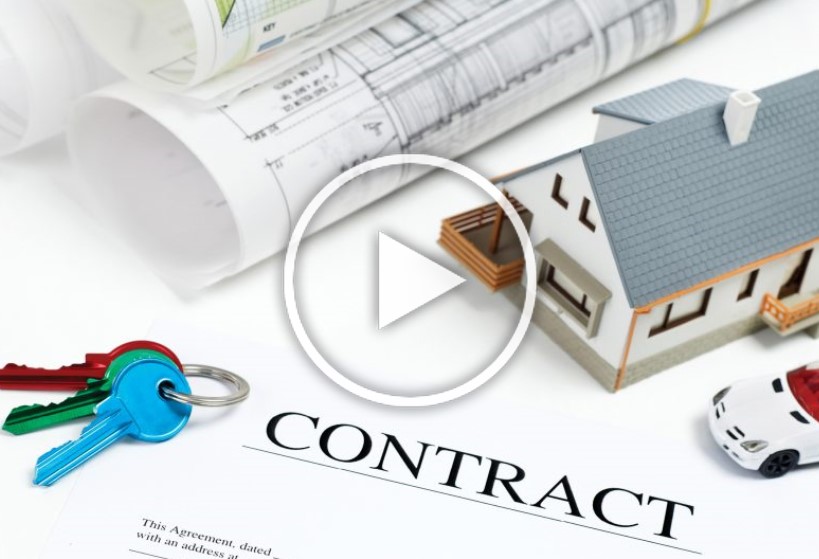In the context of project management, using a main contractor is attractive for a number of good reasons. They remove the burden and risk of project managing the build yourself and you have one point of contact to go to for any problems that might arise. You do however have less control over the project and if the builder goes bust, things can get messy. Builders are very efficient but they are mostly focused on speed; it’s up to you to double check this doesn’t impact on quality.
The key tasks you need to take care of at this stage, if you are going to use a main contractor, are:
- Finding the right builder. The most efficient and straightforward route to find a main contractor is to go through a formal tendering process. Your secret weapon will be your quantity surveyor at this stage. They can help prepare the tender documents and will often have a number of builder contacts that they can recommend you ask to tender for the job. They can also help you interpret the tender quotes you receive so that you have a clear picture of who is providing a realistic quote tendering process, setting up contract with schedule, which elements are covered and which are not (kitchens often remit of homeowner), PC sums. Your architectural designer should also have suggestions of local builders they have successfully worked with in the past. They must have all relevant health and safety credentials and have full insurance in place for the duration of the build.
- Before appointing a main contractor, visit a few of their recent projects and if possible, talk to some of the clients. One important thing to check, is whether the same sub-contractors that worked on those previous projects will be working on yours. A construction contract which names all of the sub-contractors can be useful here.
- Once chosen, it is important to have a formal contract in place that sets out the responsibilities and expectations of each party, based on a clear set of construction drawings that were produced at the tender stage with bill of quantities. Using plain-English small works contracts eases much of the pain. These pre-written documents ensure that both parties go through all that needs to be considered during the project and fill in every detail line by line. There are no surprises about who is doing what, the amount it should cost and when payment is due. A contract will also outline what procedures to follow if changes are made or disagreements emerge.













